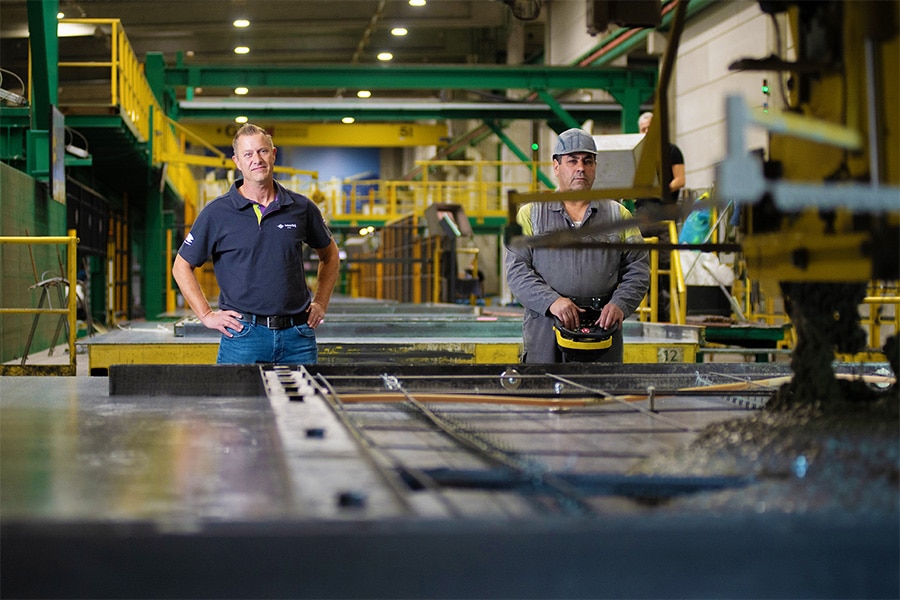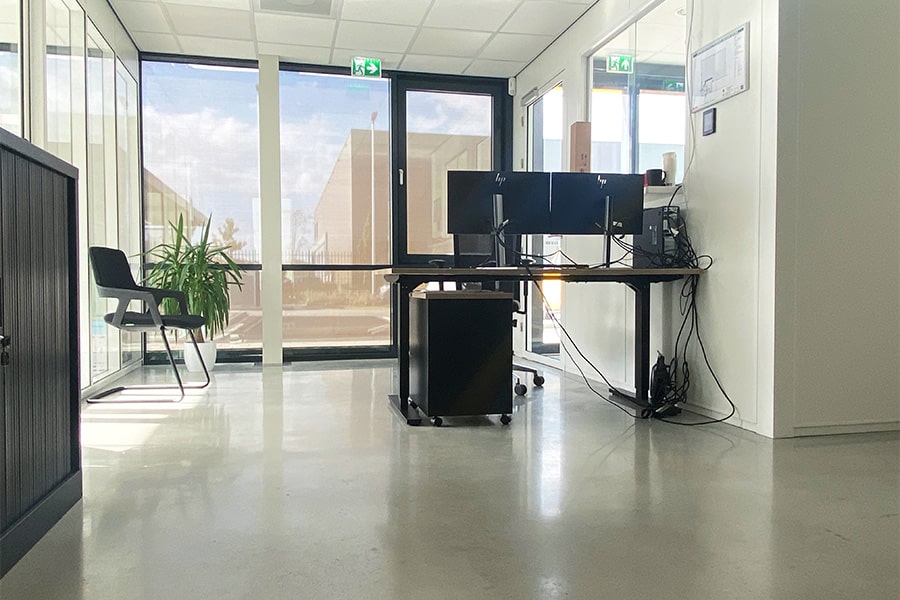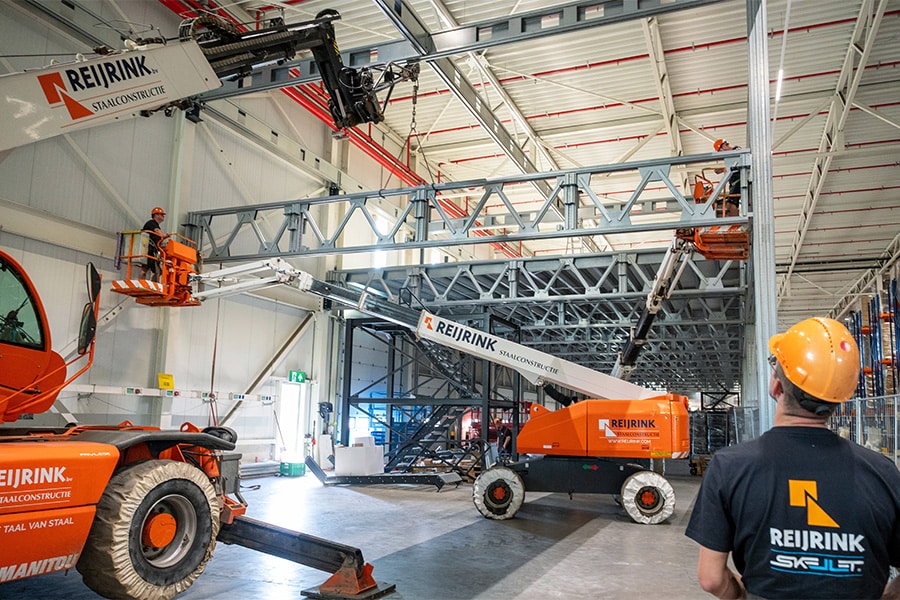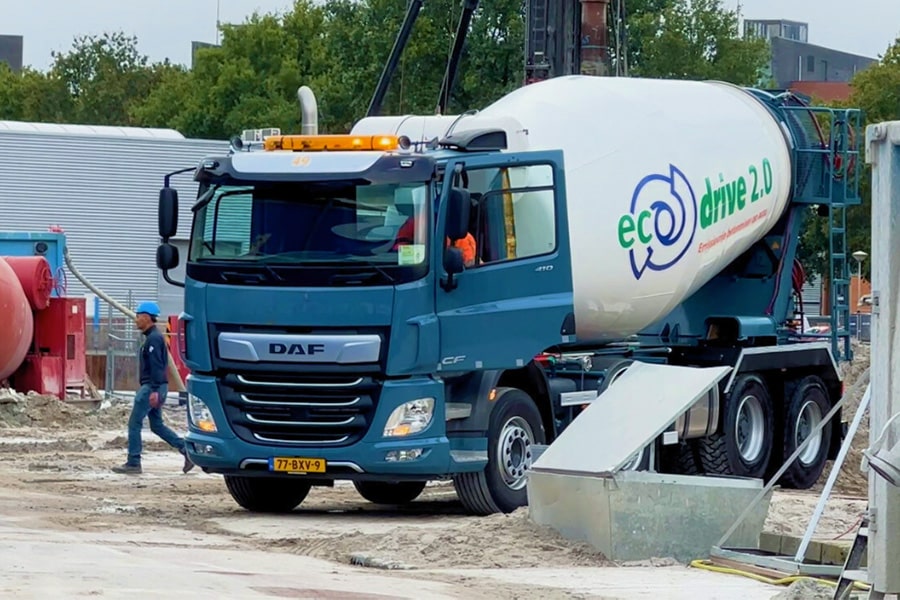
Four lifting supervisors for Sluishuis Amsterdam
"We were invited to Sluishuis to supervise the load by deploying our lifting supervisors," says Vincent Heppe, owner of Heppe Vertical Transport. "Currently, four of our people are on the job." Heppe facilitates in fully certified lifting supervisors, working in petrochemicals and industry in addition to construction.
The company additionally employs crane operators. A rigger or lifting supervisor serves as the crane operator's ears and eyes. After all, he cannot see everything on the floor very well from his high position. The rigger attaches the chains to the load to be moved. Then there is communication with another rigger, who is on the floor where the load is to go. He guides the operator in the precise placement of the load. This involves various loads, such as concrete, rebar, balconies, walls and floors: everything for structural work.

Sluishuis is a special structure that will be built partly over the water. You will soon be able to sail a boat under it. Many subcontractors are working together. Heppe: "Because we work with many different parties, we had to get used to each other in the beginning. But since that settling-in period, the cooperation has been going smoothly. We have even already been invited back for a follow-up project in Amsterdam."
For Heppe Vertical Transport, project Sluishuis started in December 2019. Heppe: "At that time, there were only two tower cranes and work was still being done on the basement. When a third crane was added, we were fully operational with three men in March 2020. In early 2021, this was expanded to four. The building is now so high that one employee stays on the first floor, while the three others are on different floors. After all, you don't just walk up and down. We expect to be finished by the end of the year, by which time the entire shell of the building will be in place." Heppe is proud of his contribution to the project. "It remains a special project, especially since you can sail under it."



